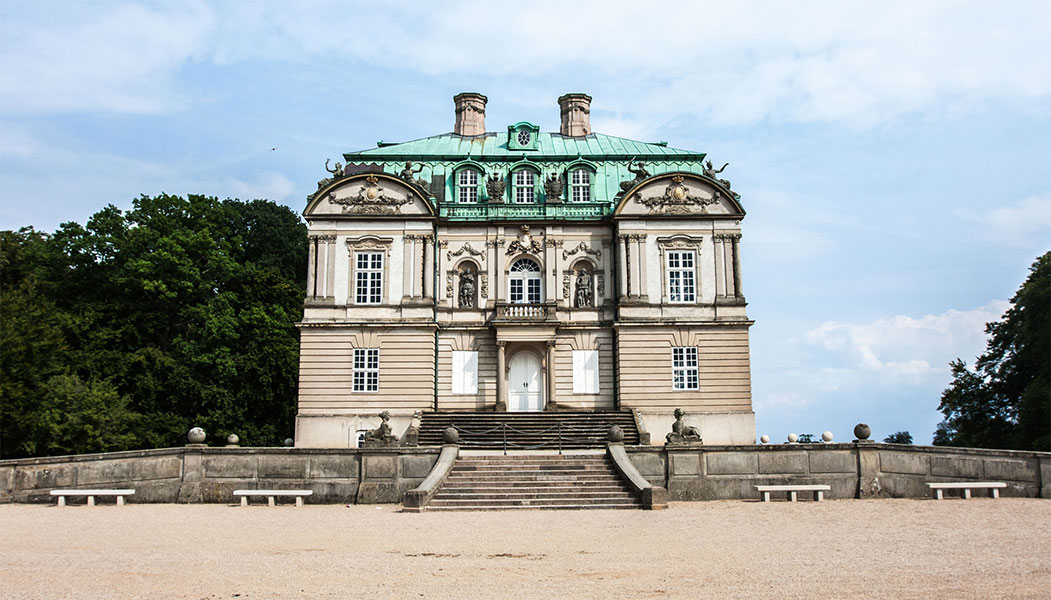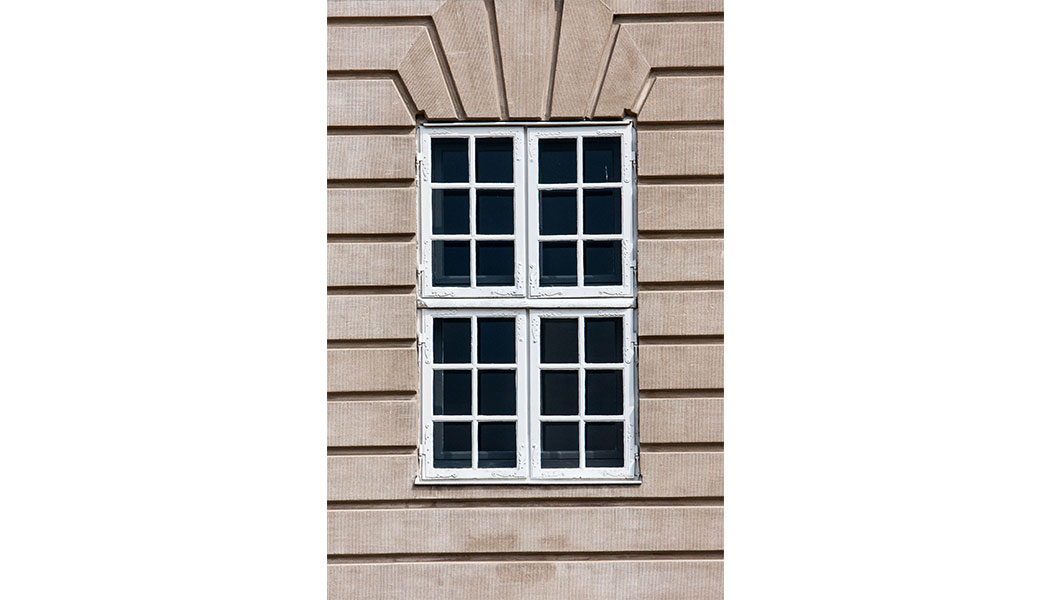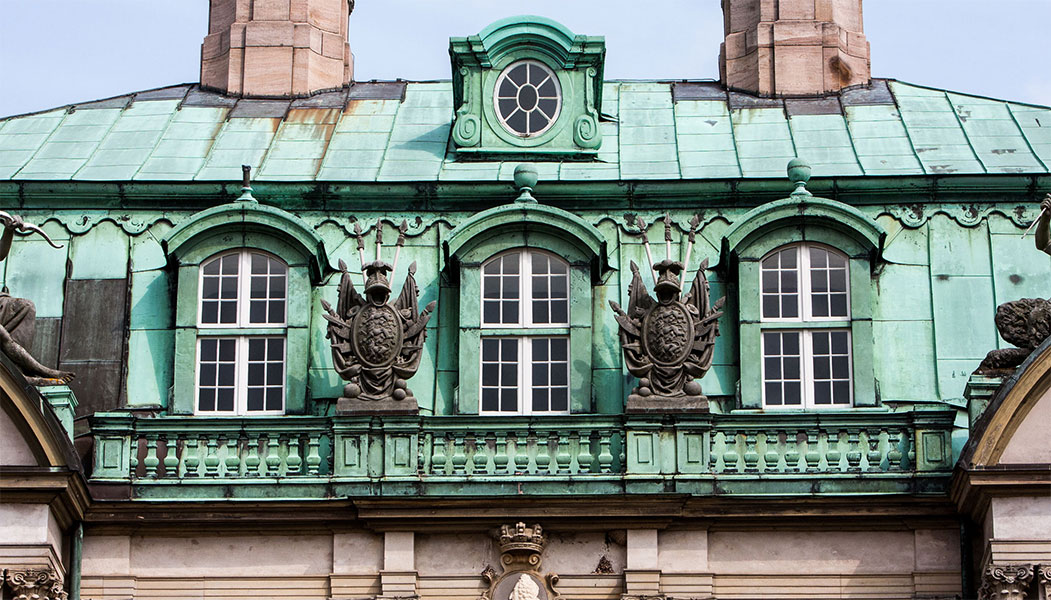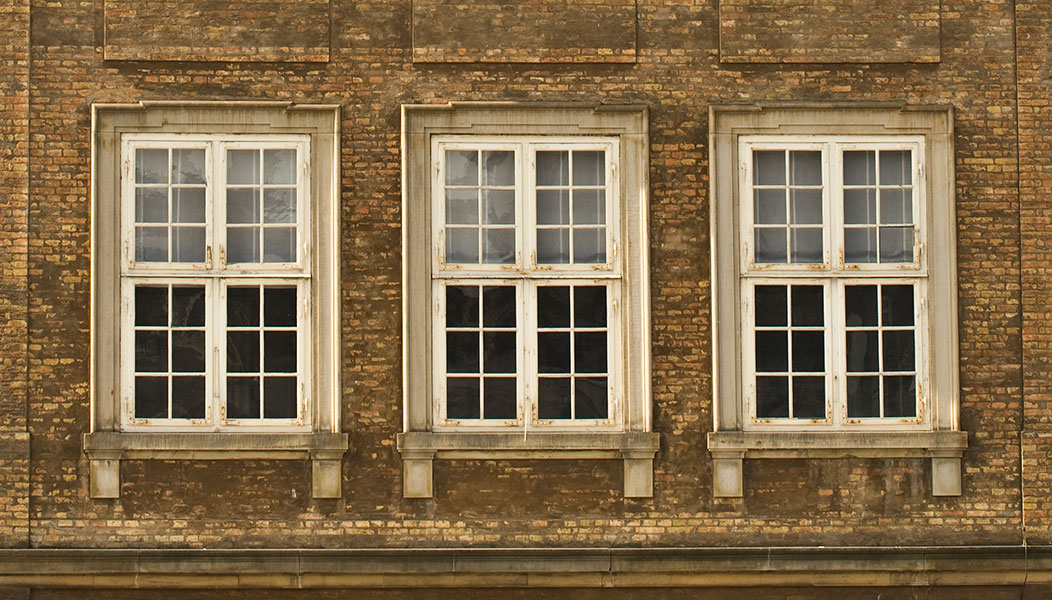Baroque emerged in Italy around 1600, and from about 1660-1750 the style had taken hold in Denmark. Baroque is characterised by symmetry, opulent decorations, monumentalism and the dramatic use of light, as well as contrasted light-and-shadow effects on façades. Many Baroque buildings can be considered Gesamtkunstwerk in which the architecture, furnishings, sculptures and paintings are greater than the sum of their parts. The use of light is dramatic and impressive; for example, a dark room can suddenly be illuminated by the light from a window, or shapes emerging and receding from the walls change, at times casting light and at times shadows on the wall. If a window or a high cupola could not be built in a room, it was painted on the ceiling. Using perspective techniques, the two-dimensional painting could seem to extend upward; this type of optical illusion was used very frequently in the Baroque period.
Baroque architecture was meant to beguile and convince its audience, such as the Palace of Versailles in France.
Baroque windows
Windows with wooden glazing bars rather than lead glazing bars were a Baroque innovation. They quickly gained popularity: they did not rattle in the wind, and they closed tightly thanks to a marvellous new invention – glazier's putty, a mixture of linseed oil and chalk. They allowed much more daylight to enter rooms, and as they were rather clear, people could look out and enjoy the views. Windows with wooden glazing bars were expensive, however, and thus often only placed on the side of the house that faced the street. The less expensive lead glazing bars were reserved for the courtyard side.
Windows found in towns of the Baroque period has four sashes of equal size and wooden glazing bars with rigid vertical and horizontal symmetry. The robust window posts call to mind the stone mullions of the Renaissance. The windows themselves have corner reinforcement hinges, and from inside, characteristically robust "round posts" are visible, as well as so-called "bird-shaped latches" (fugleanverfere) on the window frames.




